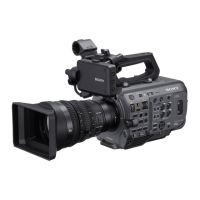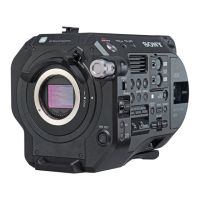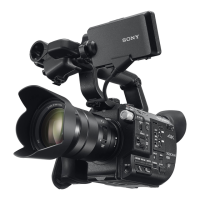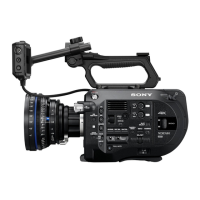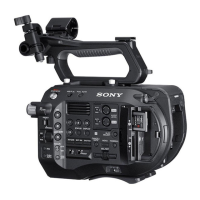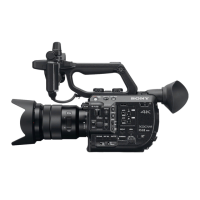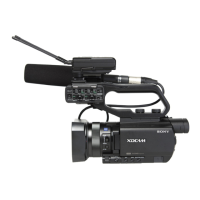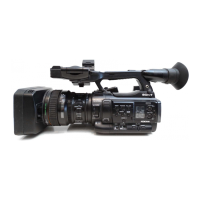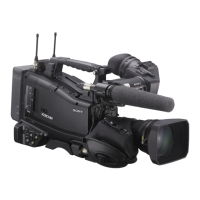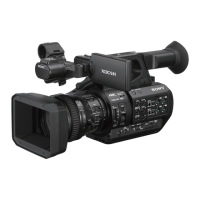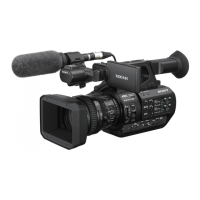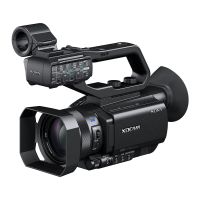Why won't my Sony PXW-FX9 connect to the network via modem?
- TTheresa FisherJul 29, 2025
There could be several reasons why your Sony Camcorder isn't connecting to the network via modem. It may be due to the device not connecting to the carrier communication network. Ensure there is a SIM card in the modem and that a carrier radio wave signal is present. Also, verify that Network > Modem > Setting in the setup menu is set to On and that Monitoring > Display On/Off > Network Status in the setup menu is set to On. If the problem persists, confirm that the USB modem is a supported model.



